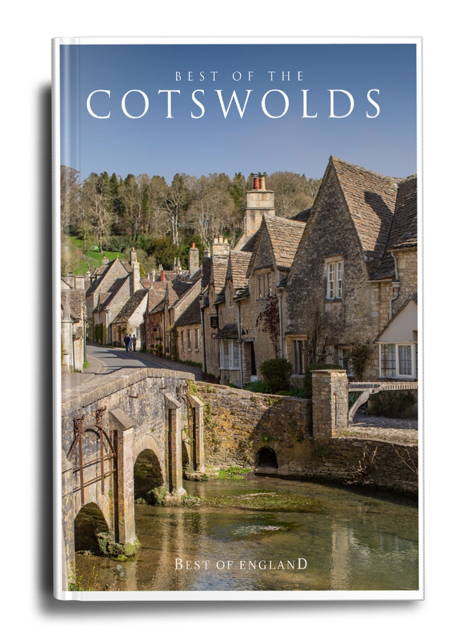The Peak District is a stunning natural area in the heart of England, known for its rolling hills, picturesque villages, and rugged beauty. It was Britain's first national park and covers an area of 555 square miles, making it the perfect destination for outdoor enthusiasts.
The Peak District is a stunning natural area in the heart of England, known for its rolling hills, picturesque villages, and rugged beauty. It was Britain's first national park and covers an area of 555 square miles, making it the perfect destination for outdoor enthusiasts.
The Great Ridge is a prominent ridge in the Peak District of England, located near the towns of Castleton and Chapel-en-le-Frith in Derbyshire. It is a popular destination for walkers, hikers, and outdoor enthusiasts, and it is known for its stunning views and unique geology. The Great Ridge runs for several miles along the crest of the Peak District, and it offers panoramic views across the surrounding hills and valleys. The ridge is formed from a layer of millstone grit, which is a type of sandstone, and it is a popular spot for rock climbers. There are a number of routes that can be taken along the ridge, ranging from easy walks to more challenging hikes. One of the most popular walks along the Great Ridge is the Mam Tor to Lose Hill route, which offers breathtaking views across the Peak District and beyond.

Hen Cloud is a hill in the Peak District of England, located near the village of Forsbrook in Staffordshire. It is a popular destination for walkers, hikers, and outdoor enthusiasts, and it is known for its distinctive shape and panoramic views of the surrounding countryside. Hen Cloud is part of the Roaches, a group of craggy hills that are popular with rock climbers, and it is said to resemble a reclining hen, hence its name. The hill is formed from a layer of millstone grit, which is a type of sandstone, and the top of the hill is covered in heather and gorse. The views from the top of Hen Cloud are breathtaking, and on a clear day, visitors can see for miles across the rolling hills and valleys of the Peak District.

Dovedale is a picturesque valley located in the heart of the Peak District, England. It is famous for its dramatic cliffs, crystal-clear streams, and iconic stepping stones crossing the River Dove, making it a popular destination for walkers and nature lovers. Visitors can follow the winding path through the valley, taking in the stunning scenery and experiencing the peace and tranquility of this special place. The valley is also home to a number of historic landmarks, including the Tissington Spires, Thorpe Cloud, and Lovers' Leap. Whether you are looking for a challenging hike, a peaceful picnic, or simply a scenic stroll, Dovedale has something to offer. It is a must-visit destination in the Peak District, offering a glimpse into the beauty and wonder of the English countryside.

Solomon's Temple is a Grade II listed folly tower built in the late 18th century as part of the developments at the Buxton Crescent and was modeled after the Temple of Solomon in Jerusalem. Solomon's Temple is a two-story tower that stands on top of a hill and offers panoramic views of the surrounding landscape. It is a popular spot for tourists and local residents alike, who come to admire the views and learn about the history of the area. Visitors can climb to the top of the tower to enjoy the breathtaking views of the surrounding countryside. The tower was built in a neoclassical style, with a mixture of Greek and Roman elements, and it is considered an excellent example of Georgian architecture.

Ladybower Reservoir is a large man-made lake constructed between 1935 and 1943 to provide a reliable water supply for the growing population of Sheffield and the surrounding areas. Ladybower Reservoir is known for its stunning scenery and is a popular destination for outdoor activities such as walking, fishing, and birdwatching. The reservoir is also famous for its association with the Dambusters, the RAF 617 Squadron, who used it as a training ground for their famous bombing raid on the Ruhr dams during World War II. The unique shape of the dam and the surrounding hills made Ladybower Reservoir an ideal location for practicing low-level bombing runs.









